Steel, particularly its various forms, has played a cruial role in shaping modern industry and technology. Its versatility extends to hose end fittings, essential components in hydraulic systems, where the choice of material can significantly influence performance and durability. Understanding the differences between carbon steel and stainless steel can guide you in selecting the right material for hose end fittings.

Carbon Steel Hose End Fittings
Composition and Characteristics: Carbon steel primarily consists of iron and carbon. While carbon content is relatively low, even minor variations can result in different steel grades with distinct properties. Elements like manganese, nickel, and molybdenum may be added to enhance specific characteristics.
Applications and Limitations: Carbon steel is not the best choice for high-pressure applications or harsh environments due to its brittleness and susceptibility to corrosion. While low to mild carbon steel is easier to work with and manufacture, it lacks durability in adverse conditions unless protected with coatings.
Stainless Steel Hose End Fittings

Composition and Advantages: Stainless steel, composed of iron, carbon, chromium, and nickel, must contain over 10.5% chromium. This composition forms a protective layer, offering excellent corrosion resistance. The 304, 316/316L and SS 316Tiseries are popular for their strength and resistance to corrosion.
Ideal Use Cases: Stainless steel fittings are preferable in environments prone to high corrosion, such as chemical plants or marine settings. While more expensive upfront, stainless steel fittings offer a better cost-benefit ratio due to their durability, maintenance ease, and resale value.
Comparing Carbon and Stainless Steel Hydraulic Hose Fittings
- Weight: Stainless steel fittings, despite being robust, are generally lighter than their carbon steel counterparts due to thinner wall designs.
- Temperature Resistance: Stainless steel excels in resisting temperature-induced stress, maintaining structural integrity across a broader temperature range.
- Cost Efficiency: The initial higher cost of stainless steel is offset by its lower maintenance needs and longer lifespan, especially in demanding environments.
Application-Specific Recommendations
- High Corrosion Areas: Stainless steel is the go-to choice for settings with significant corrosion risks.
- Cost-Sensitive Projects: Carbon steel can be a practical option where long-term durability is not as critical.
Selecting the Right Material
Your choice between carbon and stainless steel for hose end fittings should be informed by the specific requirements of your application, including environmental conditions, expected lifespan, and budget considerations. In industries like food and beverage, where sanitation is paramount, stainless steel is almost exclusively used due to its corrosion resistance and chemical compatibility.
By understanding these differences and considering the specific needs of your application, you can make a more informed decision about the material choice for hose end fittings, ensuring optimal performance and value.



Hydraxio is a leading manufacturer and supplier of stainless steel hose end fittings. If you are wholesalers, distributors, and brand manufacturers of hydraulic hose fittings and adapters. please Contact Us!

